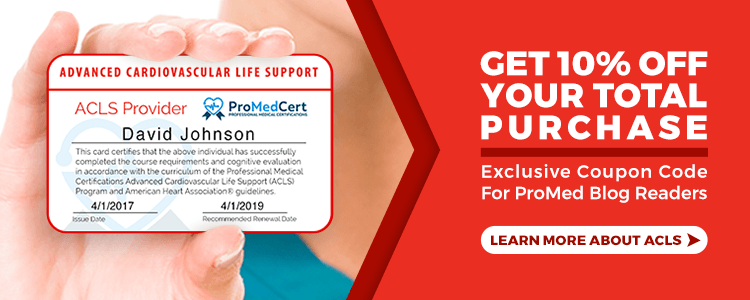The ABCDEs of Managing Cardiac Arrest
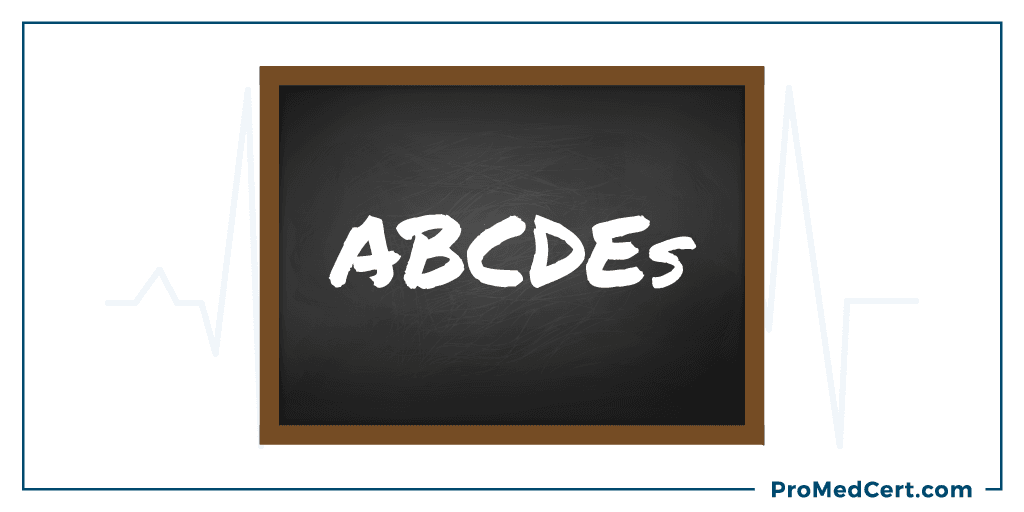
Working in the medical field can be an exhausting job.
Whether it’s the tail-end of an overnight or tiring weekend day shift, having to perform at a peak level despite your own mental and physical fatigue is a daunting task.
But when it comes to something as serious as managing cardiac arrest, it’s imperative that you are able to dig deep and remain focused on the task at hand.
Having a structured approach to common medical crises that you will routinely encounter can help to break down the mental workload.
This type of approach is particularly beneficial in situations where prioritization and split-second decision-making are required.
The ABCDE strategy is one such structured approach.
In fact, it can and should become a cornerstone of all levels of urgent medical care.
In particular, this mnemonic can be relied upon when you are unsure of what to do next.
And while this article is designed to focus primarily on treating cardiac arrest, the underlying principles contained within can be a tool to help remember the sequence in which any and all emergencies should be managed.
So, without further ado, let’s dive right into the ABCDEs and how you can benefit from applying them in your career.
A = Awareness, Anticipation and Allocation of Attention
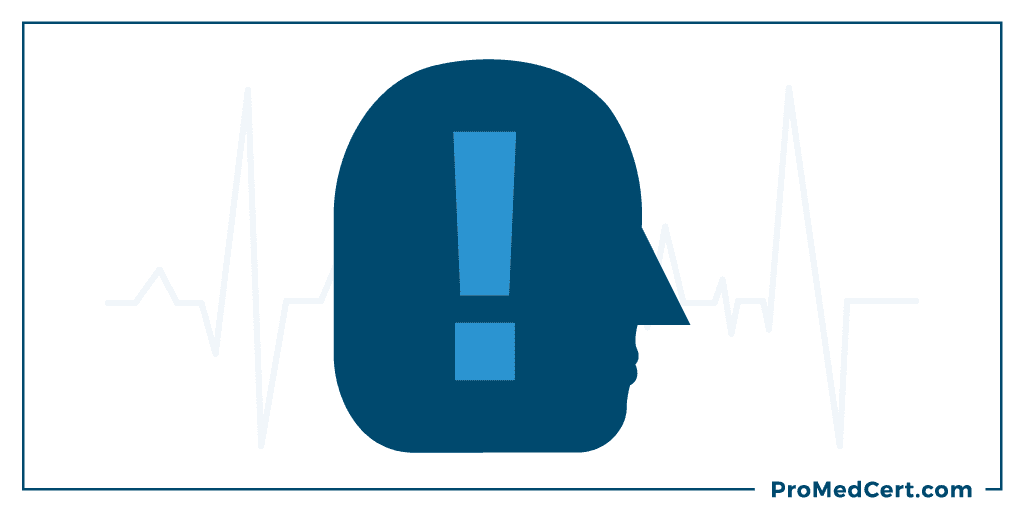
What initial details do you have about the situation at hand?
What do you anticipate you might find once you arrive on the scene?
The first ‘A,’ awareness, can be separated into two distinct areas: situational awareness and self-awareness.
Both of these things are critical to maintaining control over complicated situations and preventing additional unexpected problems from occurring.
Anticipating what you will encounter when you arrive on the scene will ultimately depend on what information you have been given in advance.
Take the facts and details that you have been given on factors such as the type of medical incident, location and possible cause to envision and prepare for what you might expect to find.
This can help you determine what type of equipment to bring with you, which treatment algorithms you are likely to apply and other logistical factors, such as the proximity to the nearest hospital.
You can also use the information you’ve gathered to plan for how you will allocate your clinical attention once you arrive on the scene.
Feel free to discuss your thoughts with colleagues that may be responding as well.
Getting everyone on the same page before arrival can facilitate a much timelier and effective treatment protocol.
B = Be in the Required Role / Behavior
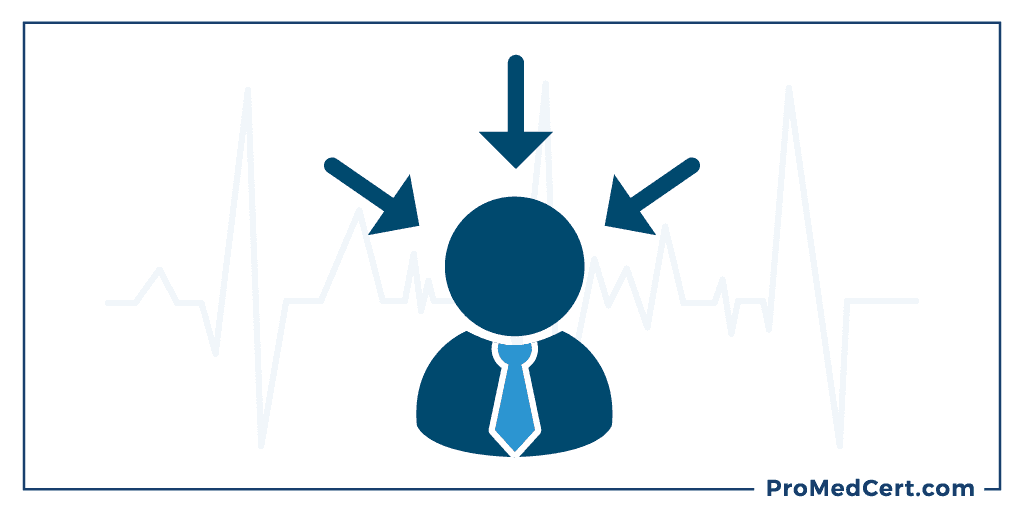
What is your contribution to the team?
How can you best utilize and allocate your strengths, skills and experience?
Should you be a leader or a follower?
Most medical professionals – paramedic or not – will find themselves working as part of a team in most clinical situations.
Therefore, it is imperative that each individual clearly understands his or her role on that team.
Knowing this in advance can save precious time in decision-making and facilitate timelier, more effective patient care.
It will also minimize disruption and enable more organized resuscitation efforts.
C = Call for Help, Communication and Cognitive Checklists
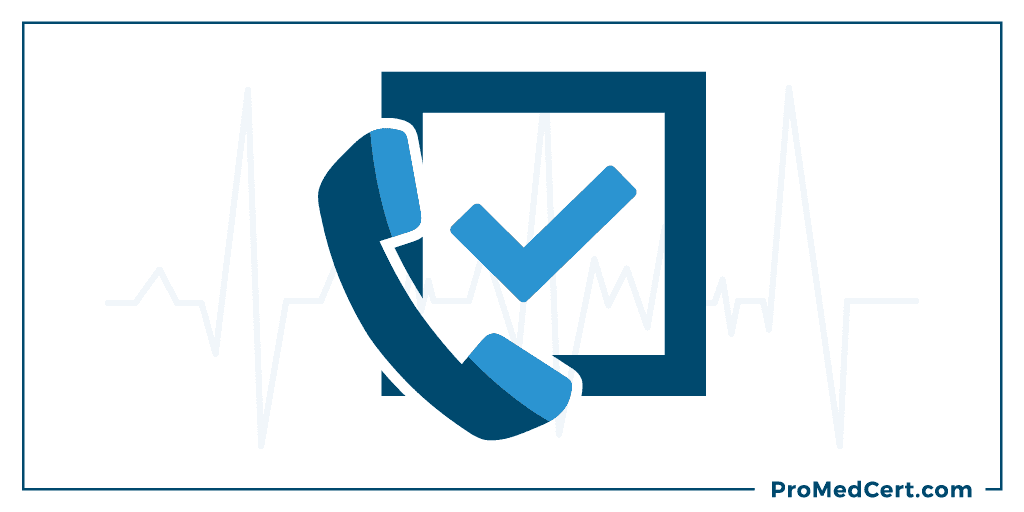
Will you be able to communicate effectively?
Might there any barriers to consider and prepare for?
A variety of circumstances can impact how emergency medical care is delivered.
For instance, chaotic scenes that involve large crowds or excessive noise, or locations where there is poor lighting, can all play a role in how well you’ll be able to communicate once you arrive.
Before getting to the scene, take a moment to verify that your radio is working and that it is set to the right channel.
This is important because you’ll likely need this to pass updates along and may be unable to troubleshoot once on scene.
It’s also important to remember that medicine isn’t a memory game.
Despite the fact that your training likely involved a great deal of memorization, when faced with an actual medical emergency, having cognitive aids available to refer to can literally mean the difference between life and death.
For instance, being able to utilize resuscitation algorithms, cardiac arrest checklists and other clinical guidelines will save precious time and enable the team to focus solely on the task at hand without having to worry about performing complicated mental calculations, such as medication dosages.
D = Dynamic Prioritization, Decision-Making and Delegation
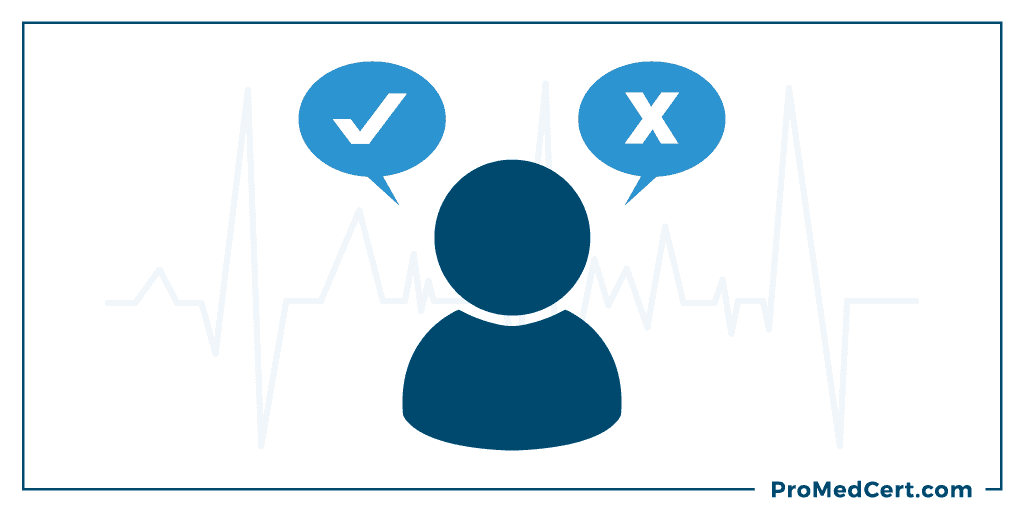
Will you have sufficient assistance?
Does everyone on the team have a designated task to perform?
Use your awareness and anticipation of the situation at hand to decide in advance on what your immediate priorities will be.
Then, create and execute an action plan.
(Of course, it’s also important that you be prepared to change your approach as needed.)
Make sure that you have sufficient resources available so that everyone on your team can be tasked without feeling overwhelmed.
As the resuscitation process continues, it’s highly likely that your initial priorities will evolve and that you will be required to adapt and redistribute the workload accordingly.
Everyone should be prepared for these changes.
E = Error Wisdom and Environment

What could potentially go wrong?
Will you be able to effectively carry out resuscitation efforts in the given environment?
What, if anything, will need to change?
Always be aware of the potential for errors.
In the midst of highly stressful situations, such as cardiac arrest, when there are a number of actions being performed and medications being administered, it’s easy for mistakes to happen.
Assessing this risk in advance and leveraging tools like checklists can help minimize the potential for errors and keep you and your team focused on the task at hand.
If the patient receiving treatment is in a less-than-ideal environment or a scene that may place others in danger, consider these risks and weight the other options available, such as relocating the patient to a safer area.
Even in normal environments, it can be easy to forget to assess and make necessary changes.
For instance, if you don’t have enough space to work, you may need to move things around to accommodate your needs.
Conclusion
For a seasoned medical professional, these things may seem like common sense.
In reality, however – especially when faced with a complicated and highly stressful emergency situation - having a structured approach to fall back on can help reduce mental overload and improve the chances of a positive outcome for the patient.

